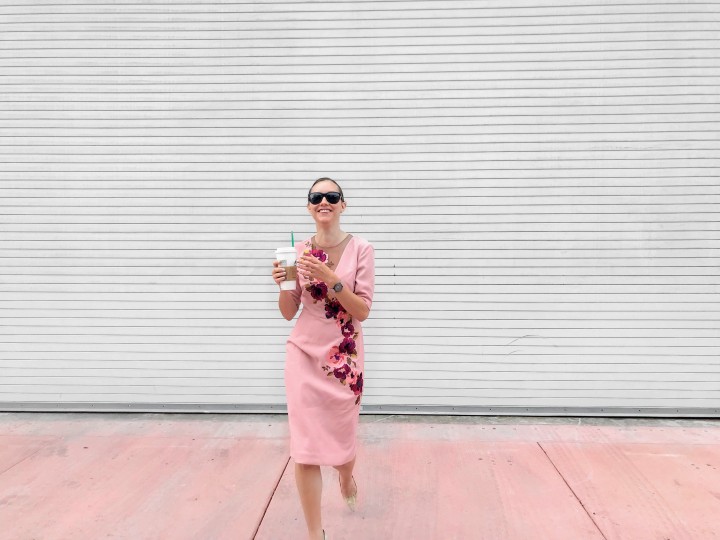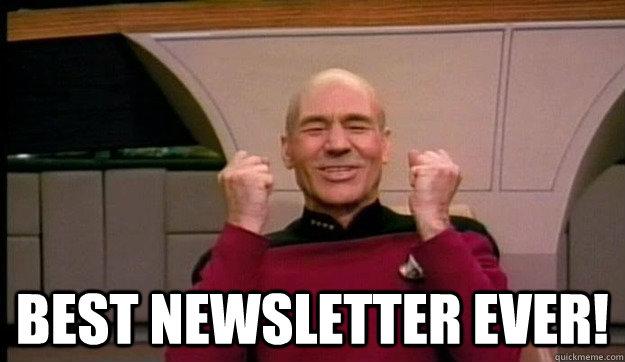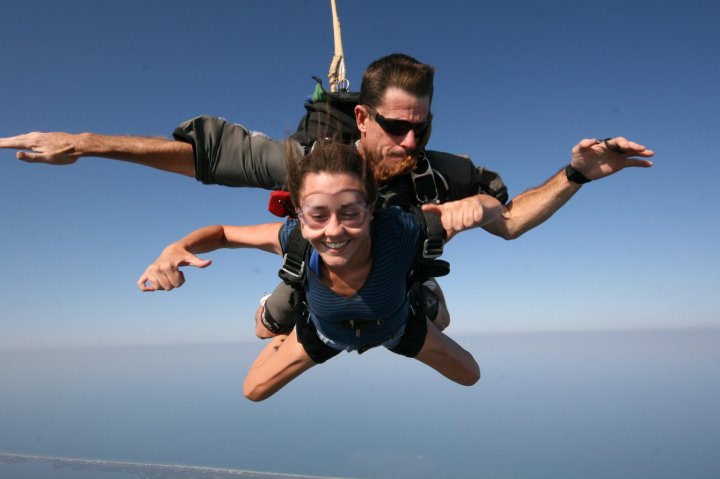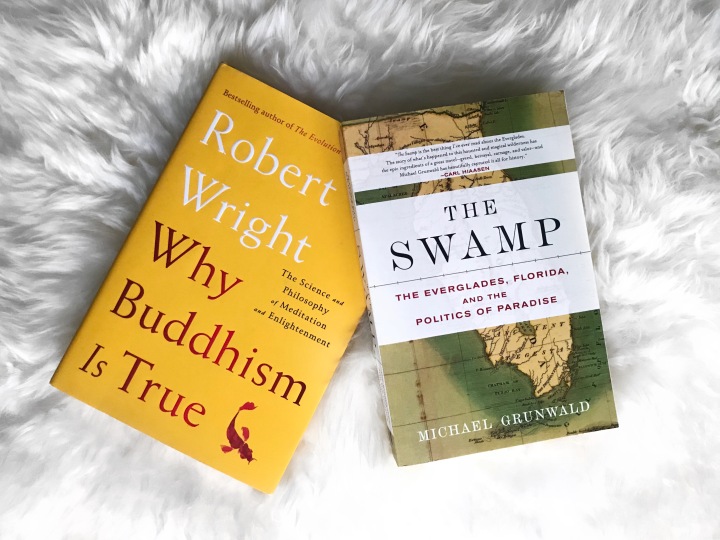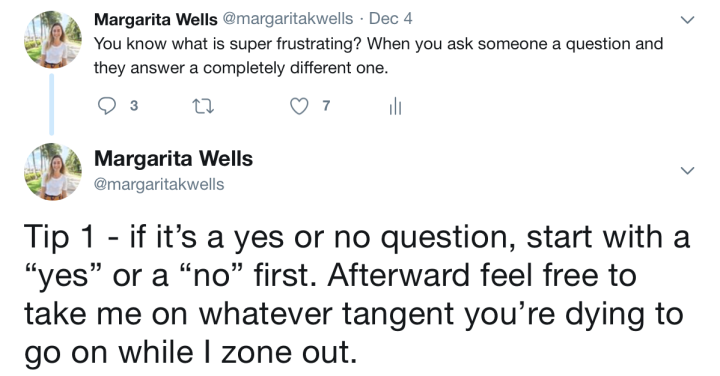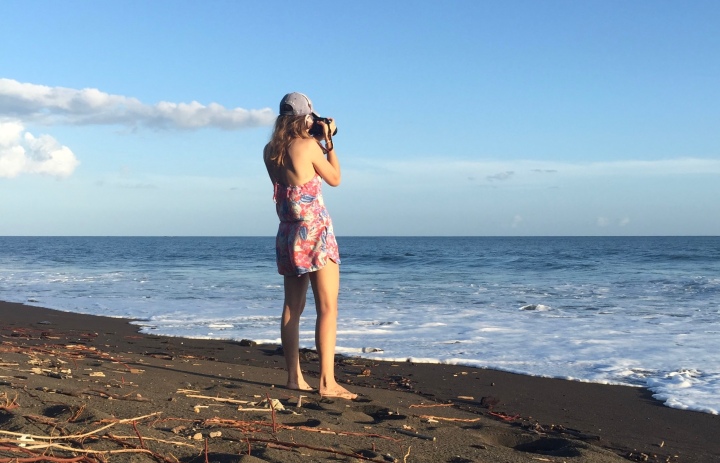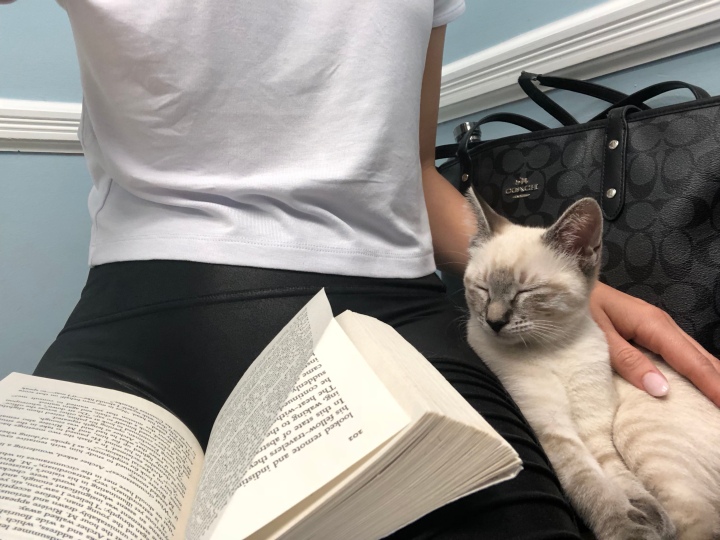
Welcome to the first thing I’ve managed to write in months. It’s not that I haven’t been honing my writing—it’s that I have been doing so by reading ravenously. After all, the wise William Faulkner once said, “Read everything — trash, classics, good and bad, and see how they do it.” And one does not not listen to William Faulkner.
The Summer reading list of the “Crossing Borders Book Club” in July and your recommendations gave me a wide range of reading options to work through. That said, this past quarter I had a tough time with non-fiction. How did you fare?
On my end, I started with “The Power of One” and abandoned it after a few chapters in search of a book with more storytelling, more anecdotes. I landed next at “When Breath Becomes Air,” a memoir that I finished in less than a week and followed up with “The Age of Innocence” and “Bright Lights, Big City”. (I know. I plummeted out of our book club list and into a black hole of fiction, but the mind wants what the mind wants.)
For our Fall book club reading list, I’m renewing my vows to non-fiction and I’m hoping you’ll keep me honest. I have listed two of the three titles below—Diana’s top pick and my top pick:
- Quiet: The Power of Introverts in a World That Can’t Stop Talking by Susan Cain. This is Diana’s selection. I’m excited to read this because The Birkman Method recently outed me as an introvert.
- The Defining Decade: Why Your Twenties Matter — And How to Make The Most of Them Now by Dr. Meg Jay. This was my selection, passed on from my friend Stan who is in his twenties and raves about this book. Sadly I am no longer in my twenties, but he assures me Dr. Jay’s advice is still worthwhile.
We want your help picking the third book. Please send us your recommendations for the third book in the comments below or post them on the book club Facebook page. We’ll be keeping a running list until the day of our in-person meeting (date TBD, but we’re aiming for a weekend in the next two weeks) at which time we’ll vote on one.
P.S. We’re really excited to meet you and hear your thoughts on the books we read this past quarter! From my brief conversations with Diana, her experience over the last three months and her perspective on the books is completely different than mine so you know it’s going to make for great conversation!
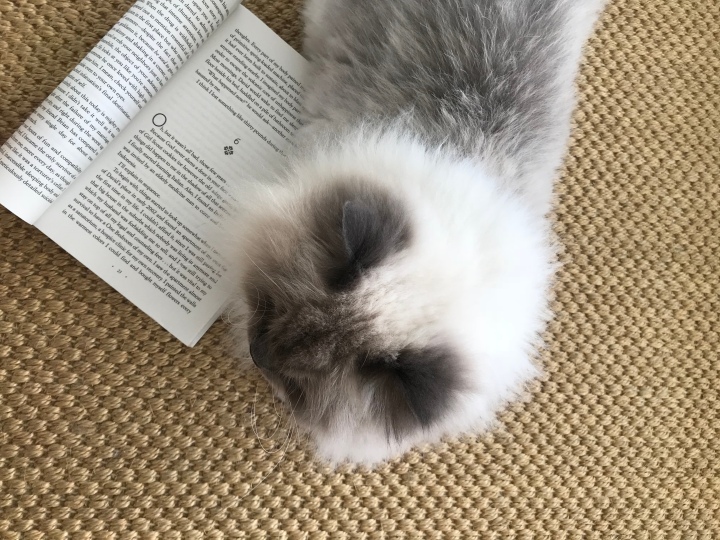
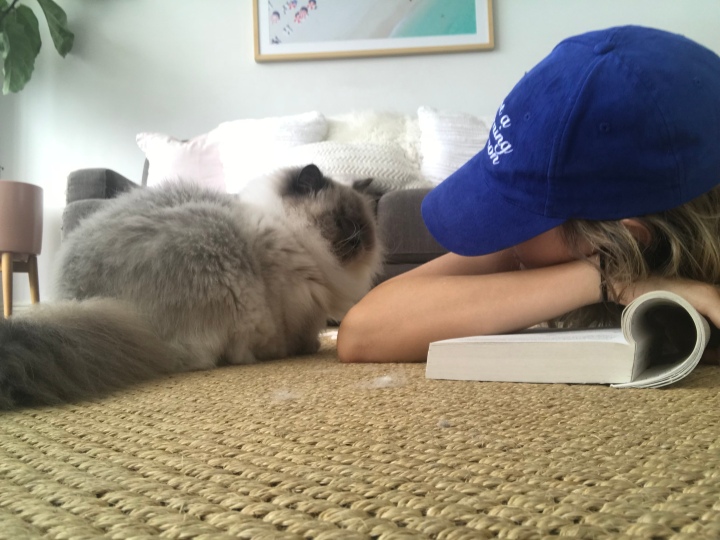
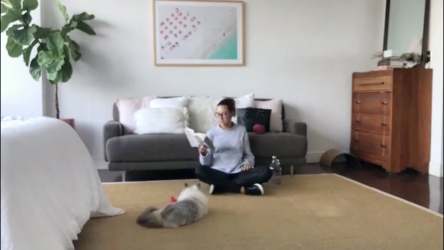
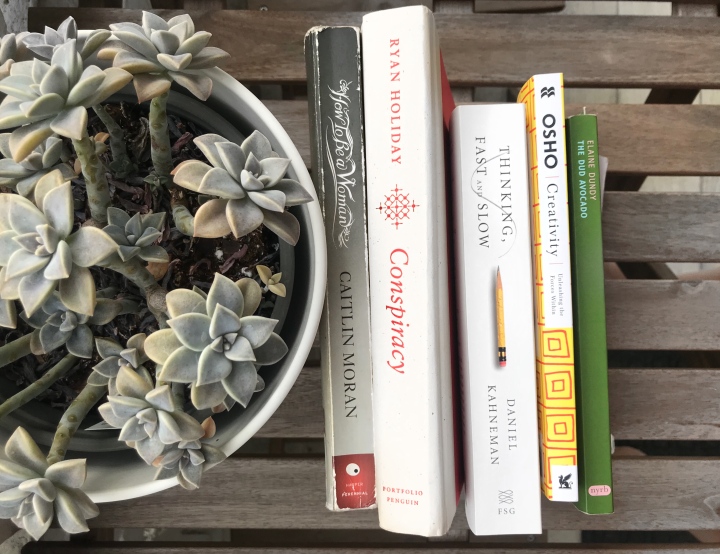
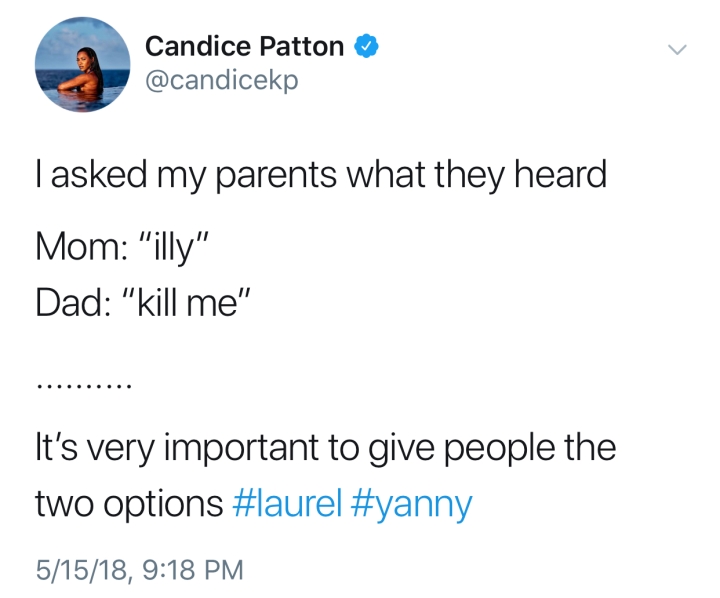

 Regardless of whether you hear “yanny” or “laurel,” there is an important lesson we can learn from this debate about how we communicate with others. Think about it. We’re all listening to the same audio clip and hearing two very different things. (Heck! During “The Dress” debate, we were looking at the same dress and seeing two very different things.) It brings to light the high variability between people’s interpretations of the same input and how easily it is for us to miscommunicate.
Regardless of whether you hear “yanny” or “laurel,” there is an important lesson we can learn from this debate about how we communicate with others. Think about it. We’re all listening to the same audio clip and hearing two very different things. (Heck! During “The Dress” debate, we were looking at the same dress and seeing two very different things.) It brings to light the high variability between people’s interpretations of the same input and how easily it is for us to miscommunicate.
